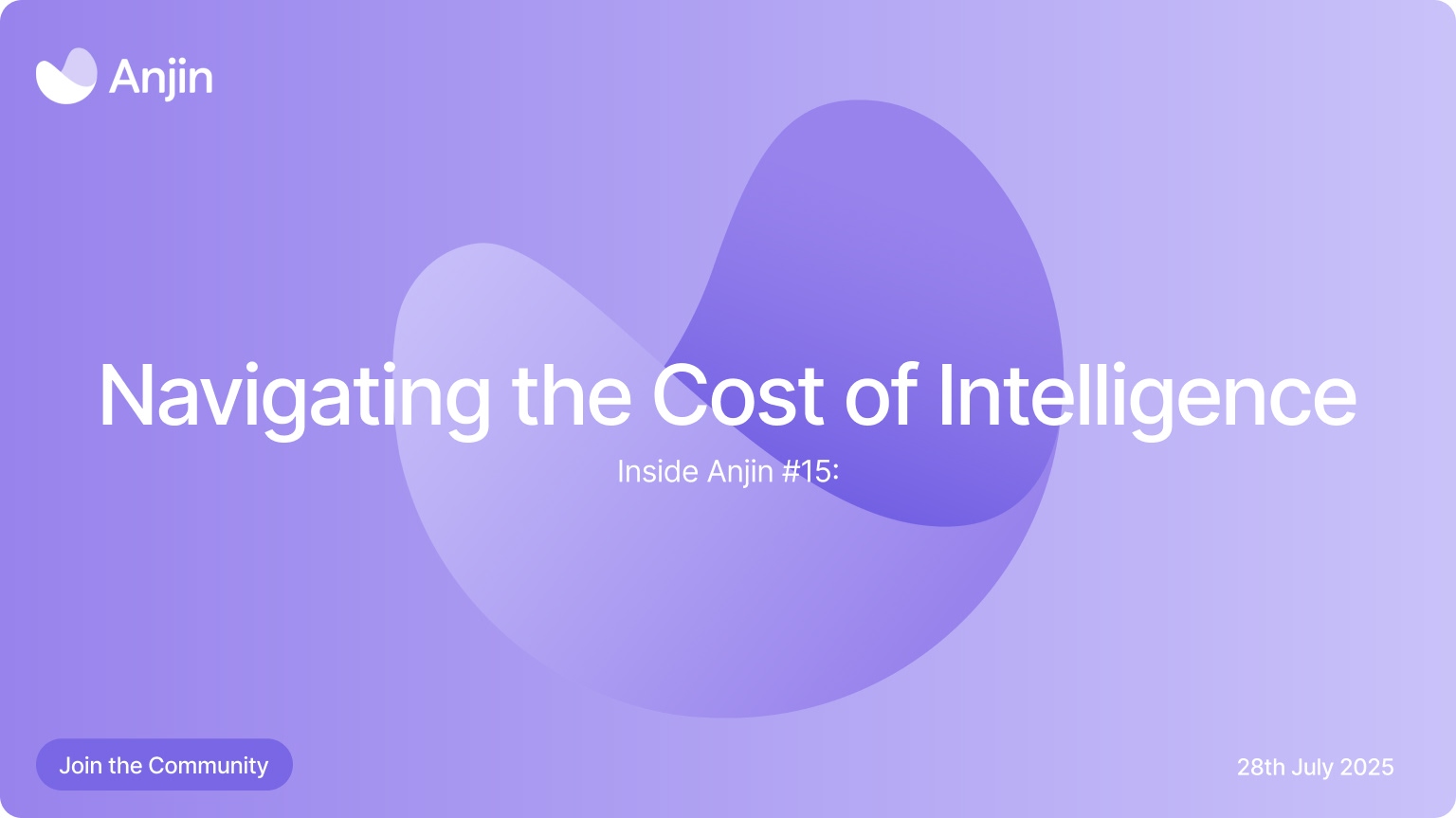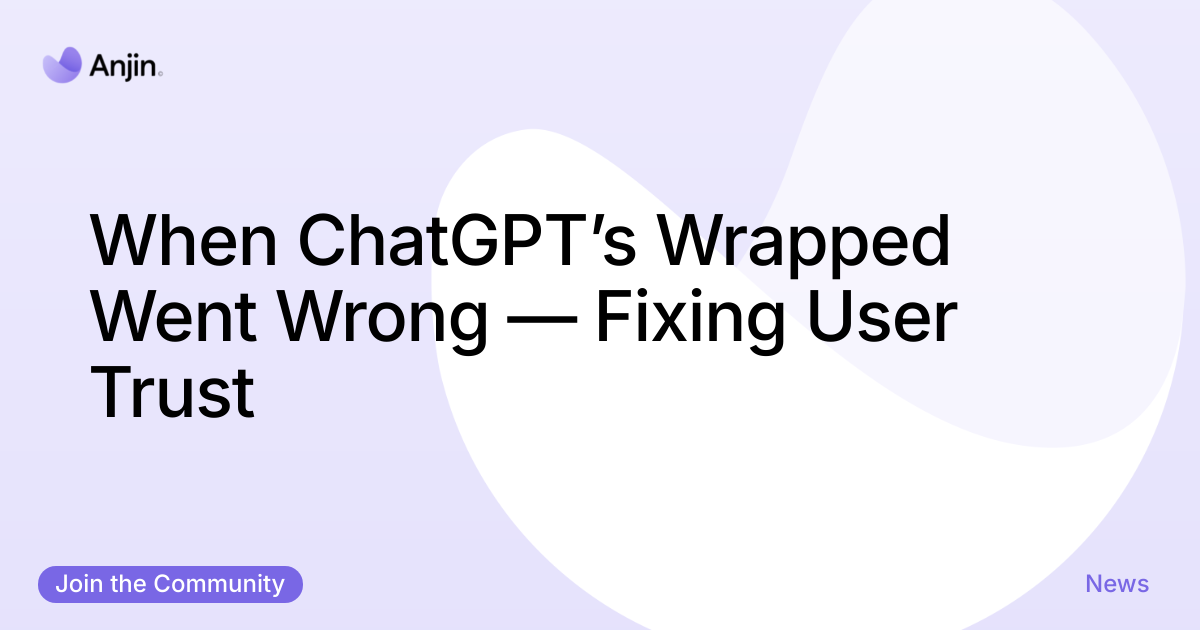It’s easy to make AI look free. It’s hard to make it sustainable.
Right now, a lot of AI platforms are burning cash to create the illusion of scale. Generous trial limits. Infinite credits. Unlimited everything.
But behind every API call is a real compute cost.
Behind every “one-click agent” is infrastructure, latency, logging, billing, retries, and complexity.
And if that’s not accounted for?
It breaks. Not just technically, but as a business - and as a product experience.
At Anjin, we’re not trying to make everything “free”.
We’re trying to make it worth it.
Why This Matters to Users
We don’t expect users to care about server loads or token pricing. But we do believe:
- You should understand why certain features are metered
- You should know what you're actually paying for
- And you should get consistent, predictable value every time you use an agent
AI isn't magic. It’s software. And it has real cost structures.
Being honest about that lets us build with you - not at your expense.
What Costs Look Like Under the Hood
A single agent run might involve:
- Model tokens from multiple LLM calls
- API usage from third-party tools (some paid per call)
- Memory lookup across domains or prior sessions
- Edge function execution
- Structured output formatting
- Logging, error retries, and audit snapshots
These aren’t just technical concerns - they’re design constraints.
That’s why “just one more run” or “try every agent” can’t always be unlimited.
Not if we want to stay fast, reliable, and fair.
Our Philosophy: Cost as a Design Constraint
Instead of hiding cost, we use it as a lens for product design:
- Make every agent run intentional
- Let users preview before they commit
- Return structured outputs that don’t require repeat runs
- Encourage chaining where it makes sense - not as a default
- Expose usage transparently, not obscure it behind bundles
The result?
Less waste. Fewer retries. More trust.
Why We Don’t Sell “Unlimited”
Unlimited sounds generous - until the platform buckles or throttles you silently.
We’d rather:
- Give you clear limits
- Provide top-ups that make sense
- And build a system where even light users get real value, consistently
It’s not about punishing usage.
It’s about aligning incentives. If agents are useful, you'll run them. If they're expensive and useless, you shouldn't have to.
That’s good economics. And good product thinking.
Final Thought: Spend Where It Matters
We don’t optimise Anjin for free usage.
We optimise for smart usage.
Because when intelligence has a cost, the question shifts from “How much can I run?” to “What’s worth running?”
That’s the future we’re building for.
And we think it’s a better one.
Curious how Anjin balances power, pricing, and product depth?
Join the community or explore more from behind the scenes:
- Inside Anjin #14: How We Build Invisible UX
- Inside Anjin #13: The Myth of the Universal Agent
- Inside Anjin #05: Finding the Right Kind of Limits





